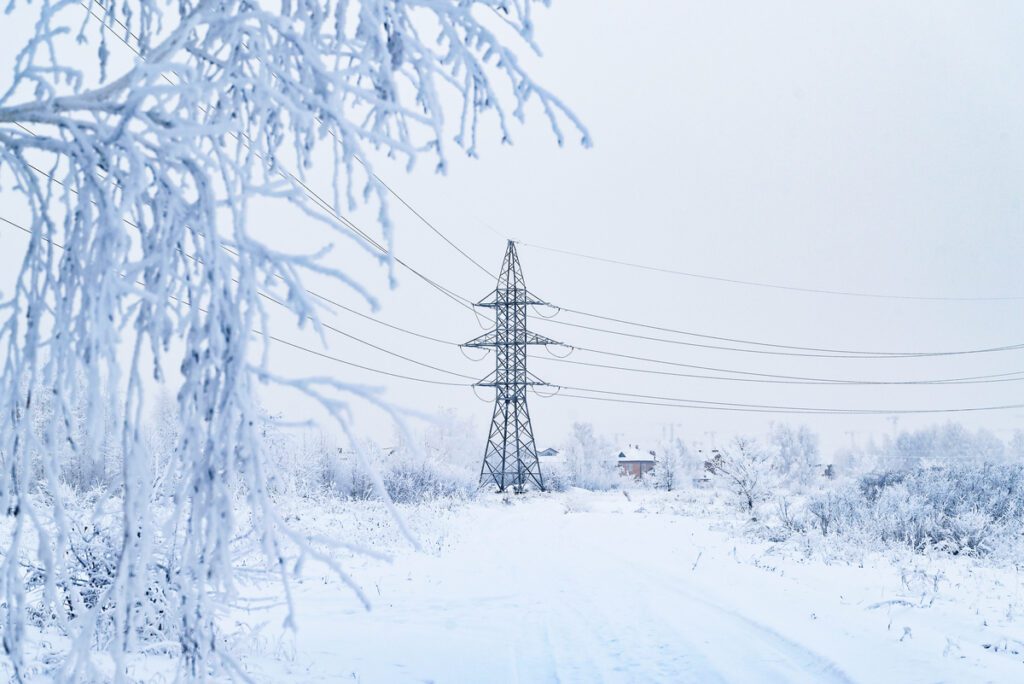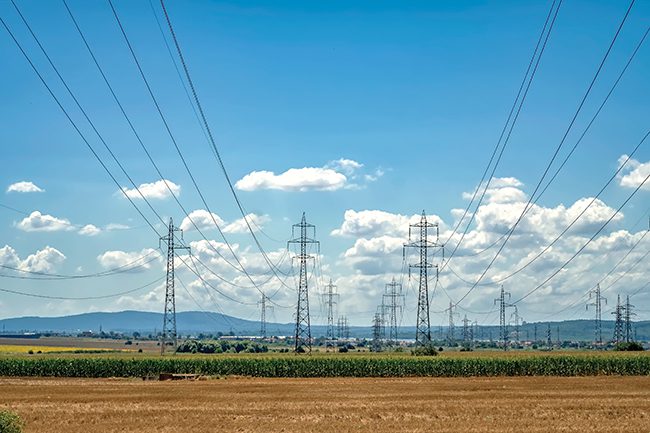Between plummeting temperatures and surging demand, the record-breaking Arctic blast that swept across the Northeast in January put power suppliers to the test. Their success in managing the volatility traces back to decisions made days and weeks earlier. Those with accurate forecasting models navigated the cold spell successfully. Others faced stark choices between absorbing massive losses or passing unexpected costs to customers.
This scenario keeps playing out repeatedly in power markets, where success depends on predicting future demand with remarkable precision. The stakes are especially high during extreme weather events when real-time prices in the Electric Reliability Council of Texas (ERCOT) market can spike to nearly $2,000 per megawatt hour—roughly 40 times normal rates. For suppliers managing large customer portfolios, even a slight forecasting miss during these periods can trigger millions in unexpected costs.
COMMENTARY
The frequency of these extreme weather events continues to rise, with the National Oceanic and Atmospheric Administration (NOAA) reporting 2024 was the fourth-costliest on record, trailing 2017 ($395.9 billion), 2005 ($268.5 billion) and 2022 ($183.6 billion). According to Climate Central, an eye-opening 80% of major U.S. power outages from 2000 to 2023 were caused by weather-related events.
All of this makes sophisticated forecasting capabilities more essential than ever for supplier stability.
Market Dynamics and Regional Complexity
Power suppliers need to thread the needle when securing supply for their customers across diverse regional markets. While real-time markets occasionally offer better prices, their volatility makes them unsuitable as a primary procurement strategy. Think of it like gambling with the electric bill—sometimes you win, but the risk of massive losses makes it unsustainable. The day-ahead market provides more stability but still carries significant price risk during extreme weather events. Forward markets offer the most predictability but require accurate long-term forecasting to avoid over or under-hedging positions.
POWWR data shows that day-ahead and real-time price spreads during the January freeze ranged from minimal gaps of a few dollars to differences exceeding $100 per megawatt hour. And that’s just the start of the complexity. Each ISO market adds its own wrinkles to this picture.
In ERCOT, suppliers can take hedges to real-time settlement, while markets like PJM and ISO New England typically settle hedges against day-ahead prices. ISO New England presents unique forecasting challenges due to limitations in accessing detailed generation data, while Texas benefits from advanced smart meter infrastructure providing near-real-time consumption data.
Data Infrastructure
Data quality is the bedrock of accurate power forecasting. Having clean, complete data puts an energy provider lightyears ahead in terms of forecasting success. The two most important metrics are the correct number of accounts and accurate historical usage for those accounts. Without this fundamental customer information in place, even sophisticated forecasting models struggle to deliver reliable results.
The path to reliable data requires both sophisticated systems and dedicated personnel. Some suppliers now employ specialized staff who focus solely on data quality, working in tandem with billing system vendors to maintain data integrity. These teams actively monitor incoming data streams and address any anomalies that could affect forecast accuracy.
Smart meter infrastructure plays an increasingly crucial role. In Texas, for example, suppliers can access consumption data directly through Smart Meter Texas, providing valuable timing advantages over those who manually sift through ERCOT data. This edge proves particularly valuable during extreme weather events when market conditions change rapidly.
Beyond consumption patterns, effective forecasting requires a comprehensive view of customer behavior. Power suppliers must track customer movement across utilities, shifts between rate classes, and contract transitions. This broader market intelligence becomes especially vital for long-term forecasting, which guides strategic hedging decisions that typically carry greater financial implications than short-term market optimization.
Enabling Market Stability
The ability to offer sustainable fixed-price contracts in power markets depends heavily on accurate demand forecasting. When suppliers can reliably predict usage patterns, they can provide customers with guaranteed rates while protecting their own margins, even during periods of extreme market volatility. This ability to maintain price stability becomes particularly valuable during weather events when real-time market prices can surge.
The relationship between forecasting and financial stability extends beyond short-term market fluctuations. Suppliers that excel at demand prediction can develop more advanced hedging strategies and purchase power through a mix of forward over-the-counter markets and day-ahead markets to minimize exposure to volatile real-time pricing. While real-time markets occasionally offer better prices, most suppliers choose to pay a premium for the predictability that comes with forward purchasing — a strategy that depends entirely on confidence in their demand forecasts.
The benefits of reliable forecasting flow both ways in the power market. Suppliers can confidently offer fixed-price contracts knowing they’ve properly hedged their positions, while customers gain protection from market swings without paying excessive premiums.
In today’s increasingly volatile market, where a single weather event can send prices soaring, the ability to accurately predict demand has become more than a competitive advantage — it’s a requirement for long-term success. Suppliers that combine quality data with sophisticated forecasting capabilities give themselves a chance to be agile as weather patterns become more extreme and market complexity continues to grow.
—Ian Palao is Vice President of Strategic Energy Services at POWWR.


















